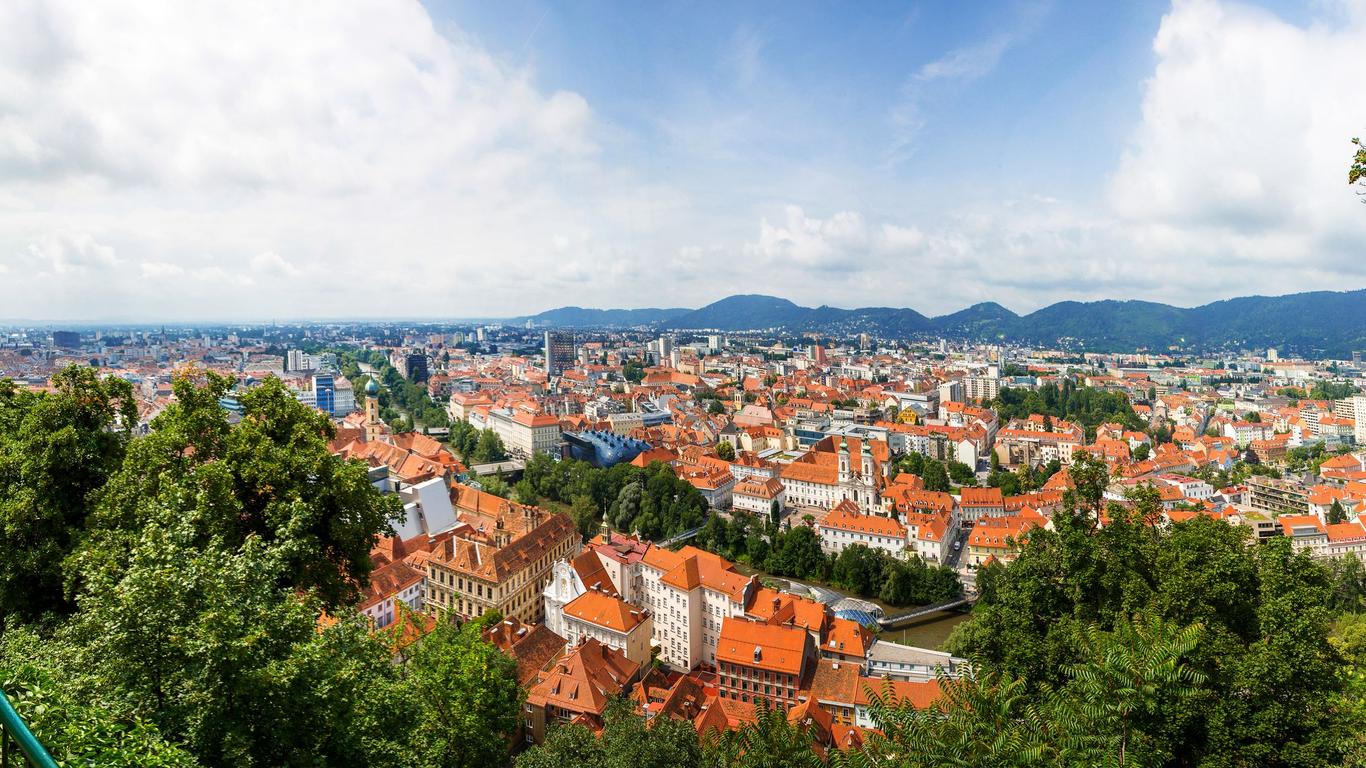Landlocked in Central Europe, Austria is one of the continent’s smallest countries but among its most impressive. It’s home to storied cities such as Vienna and Salzburg (which is famously the birthplace of Wolfgang Amadeus Mozart), as well as spectacular mountains that provide a backdrop to both summer and winter pursuits.
Things to do in Austria
Whether you’re into romantic city strolls or active alpine adventures, Austria is sure to inspire.
Sightsee in Vienna. Set on the banks of the Danube River, Vienna is renowned for its Imperial palaces, cultural museums and lavish Habsburg residences. Tour some of the 1,441 rooms of the Schönbrunn Palace and admire the Baroque architecture of the Hofburg before being awed by the soaring spire of St Stephen’s Cathedral. Don’t miss the art-filled Belvedere Museum and the decadently decorated Vienna State Opera.
Explore Salzburg’s UNESCO-listed Altstadt. Considered one of Europe’s most beautiful cities, Salzburg’s atmospheric Altstadt is filled with historic merchants’ houses dating from the 15th to 18th centuries. Wander through the narrow lanes of the Judengasse and see the arcaded courtyard of the Chiemseehof, then photograph the famous fountain of St. Florian.
Get active in Innsbruck. Centred around an atmospheric old town, Innsbruck has long been known as a winter sports hub. Ride the Zaha Hadid-designed Nordkette funicular to enjoy elevated views across the city while accessing the mountain’s ski slopes and hiking trails. If you want to see the pros in action, head to the Bergisel Ski Jump, which has previously hosted Olympic Games events.
Venture into the Dachstein Salzkammergut region. Designated as a UNESCO World Heritage site, Dachstein Salzkammergut is a spectacular natural area in the Eastern Alps of Austria. It’s home to one of Europe’s most impressive cave networks, the Dachstein Caves, as well as the frozen waterfalls of the Giant Ice Cave.
Getting around Austria
Vienna International Airport is the main aviation gateway to Austria and has flights to destinations across the globe. An efficient network of trains connects to towns and cities throughout the country while buses serve smaller destinations and alpine villages.





